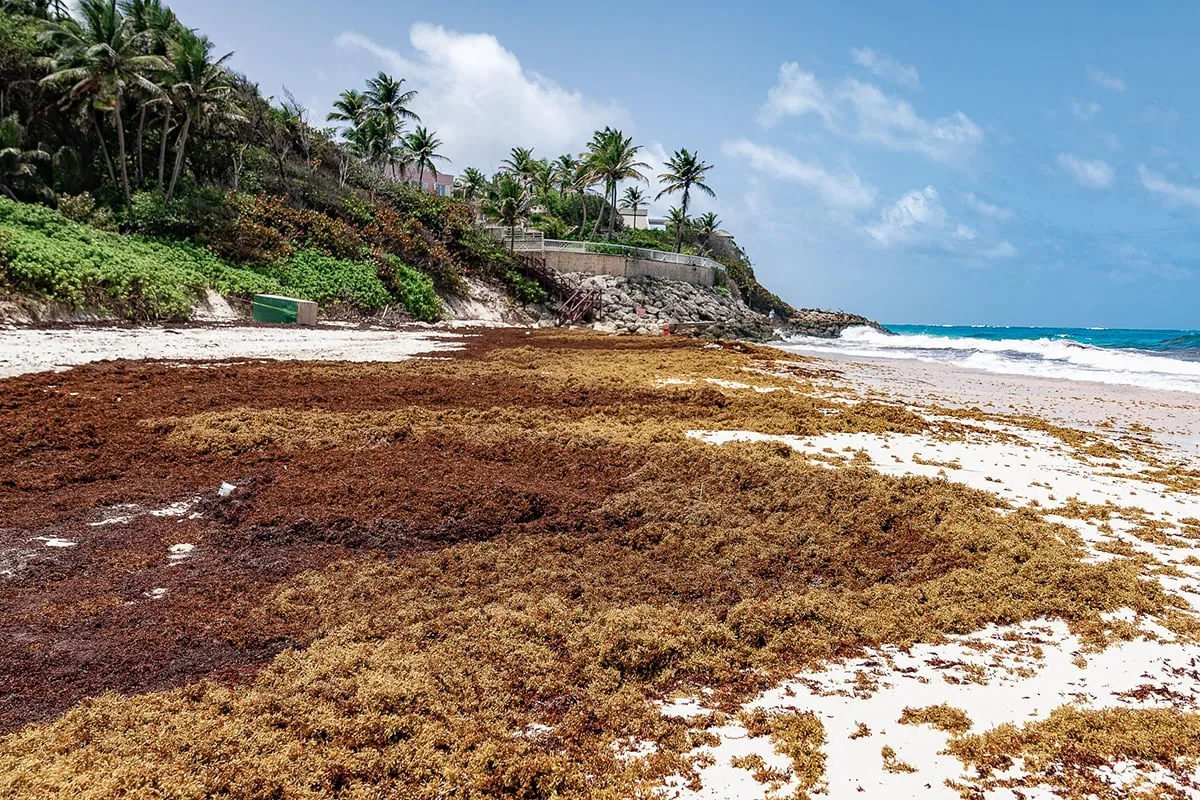Barbados Contends with Sargassum and Its Climate Adaptation Challenges

Sargassum Inundation in Barbados
Barbados finds itself grappling with a continuous influx of sargassum, a brown tide that envelops its beautiful beaches each summer. This invasive seaweed, which transforms from light orange to brown upon drying, emits a foul odor responsible for toxic gases, significantly affecting human health. The surge of sargassum is tied to nutrient discharge from the Amazon and a warming ocean linked to climate change.
The Threat to Tourism and Livelihoods
As a small island with a fragile economy heavily reliant on tourism, Barbados faces dire consequences from this sargassum crisis. Estimates indicate that maintaining a single kilometer of beach costs up to USD 1 million annually to keep it free of the invasive algal blooms. The effects extend beyond tourism, with local fishermen also grappling with the impacts on their activities.
Government and Local Initiatives
Efforts to control the situation have seen local authorities and organizations seeking innovative solutions. Some initiatives focus on harnessing sargassum for beneficial uses, such as creating biofuels or fertilizers through partnerships with businesses like Seafields. However, the unpredictability of sargassum blooms makes it challenging to develop long-term strategies.
Conclusion: A Call for Resilience
With the continual arrival of sargassum, Barbados must advocate for broader climate adaptation strategies. Experts emphasize the need for major investment and an international approach to mitigate these pressing challenges.
This article was prepared using information from open sources in accordance with the principles of Ethical Policy. The editorial team is not responsible for absolute accuracy, as it relies on data from the sources referenced.